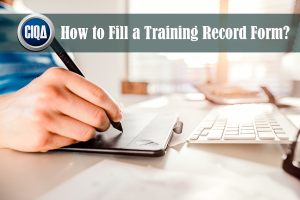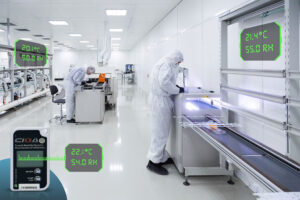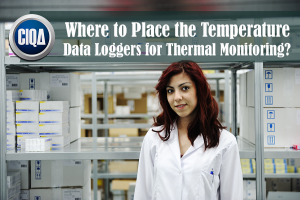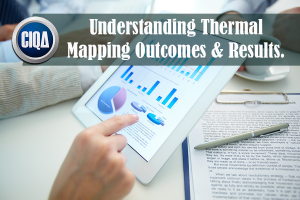
How to Determine the Frequency of the Instrument’s Calibration?
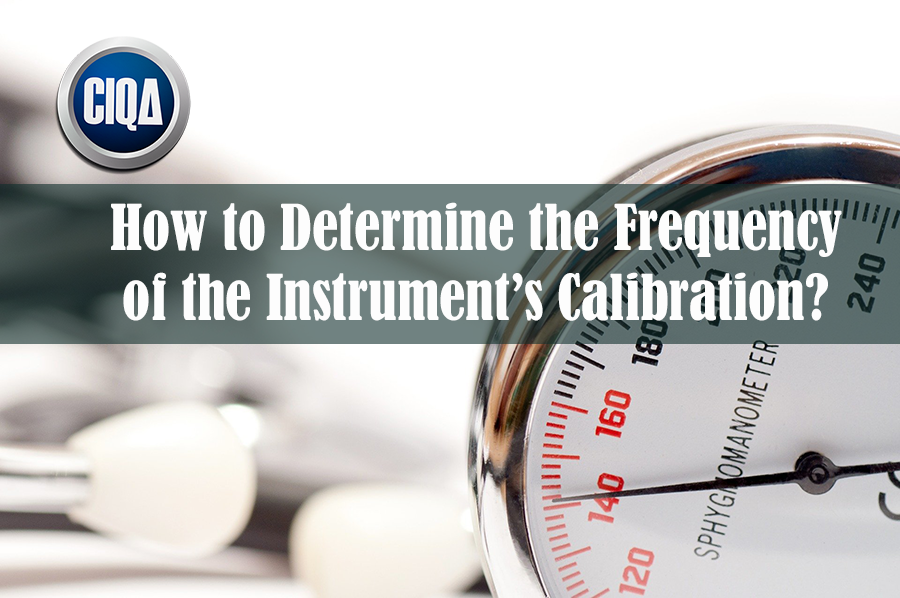
|
In this article, you will learn what shall be the frequency of the instrument’s calibration according to the FDA requirements. Many federal regulations and company policies require to comply with a specific frequency of the instrument’s calibration, schedules, control of calibration standards, view completion dates, test results, and detailed information such as accuracy, precision, duration of actual calibration time, or frequency. Typically, each company establishes its own frequency of the instrument’s calibration based on a risk assessment using historical calibration information. Based on this information, a recurrent frequency of the instrument’s calibration date can be generated, and certificates of calibration completion must be sent and stored in the document control file as per the Calibration Management System. How to Determine the Frequency of the Instrument’s CalibrationIndeed, it starts typically establishing a short frequency of the instrument’s calibration in your procedures as low as 3 or 6 months for critical instruments with high risk and 6 to 12 months for non-critical instruments with moderate risk. Then, as you have enough historical data of acceptable results and confidence in their instruments to maintain the calibration state during a prolonged period of time, you can justify the extension in the frequency of the instrument’s calibration using a progressive and conservative period of time with constant monitoring. For example, if a particular type of instrument with a 6 months frequency of the instrument’s calibration demonstrates to maintain their calibration state consecutively during 1 year historically, then you can consider increasing their frequency of the instrument’s calibration in your procedures. In other cases, if a particular type of instrument with a 6 months frequency of the instrument’s calibration demonstrates to fails and cannot maintain their calibration state consecutively during 6 months historically, then you can consider decreasing their frequency of the instrument’s calibration to 3 months or less. In fact, in some extreme cases in which no historical data is available for high-risk processes (e.g. validation studies, etc) measuring critical process parameters (e.g. sterilization exposure temperature) may consider an instrument pre-calibration before use and an instrument post-calibration after use. ConclusionIn summary, it is a never-ending monitoring process to demonstrate that your established frequency of the instrument’s calibration is supported by your historical data according to the intended use of the instrument and its risk of failure. CIQA is a quality and regulatory consultant with 25 years of experience developing products and managing projects in the medical device supply chain, and pharmaceutical industries. His experience includes research, product development, operations management, manufacturing engineering, equipment design, regulatory affairs, and quality assurance. Specific questions about Document Control Management DCM or quality system training can be directed to CIQA at ramon.cayuela@ciqa.net. SUBSCRIBE AND FOLLOW US TO LEARN MORE.For more details about the frequency of the instrument’s calibration, follow us.Three (3) Options to Create Document Control Management DCM Procedures:Bronze Option. You Can Create Your Own Quality Procedures, using a Template.You can download samples of the Document Control Management DCM procedure templates in .pdf format. To see the complete list of the most popular quality procedures templates, click here. In addition, you can request a quotation to buy online a full SOP template document in MS Word format that is completely editable, ready to fill, and adapt to your specific needs. Silver Option. We Can Bring You a Formal Training about the frequency of the instrument’s calibration.This option is recommended if you want to learn more about how to build robust quality system procedures. One of our expert(s) can provide online step-by-step training to your team (unlimited assistance) on how to build reliable SOPs using our template(s). Also, you can improve your corporate quality procedures and policies by incorporating our template(s) and tools. It includes a fully editable template from the Bronze option, plus training, exams, and a training certificate for each assistant. Request a quote now. Gold Option. We Can Create Customized Quality Procedures.One of our expert(s) will create and prepare your customized SOPs with the inputs and specific information of your company. It includes a fully editable template from the Bronze option, plus online support in document creation, implementation, and training. Request a quote online. Get in compliance today on how to determine the frequency of the instrument’s calibration,REFERENCES:For more information about how to determine the frequency of the instrument’s calibration, refer to:STATUTORY AND REGULATORY REQUIREMENTS TITLE 21–FOOD AND DRUGS PART 820 — QUALITY SYSTEM REGULATION Subpart G–Production and Process Controls Sec. 820.72 Inspection, measuring, and test equipment. httpss://www.accessdata.fda.gov/scripts/cdrh/cfdocs/cfcfr/CFRSearch.cfm?fr=820.72 ISO/IEC 17025 TESTING AND CALIBRATION LABORATORIES ISO/IEC 17025:2017 specifies the general requirements for the competence, impartiality and consistent operation of laboratories. ISO/IEC 17025:2017 is applicable to all organizations performing laboratory activities, regardless of the number of personnel. httpss://www.iso.org/ISO-IEC-17025-testing-and-calibration-laboratories.html TITLE 21–FOOD AND DRUGS PART 111 — CURRENT GOOD MANUFACTURING PRACTICE IN MANUFACTURING, PACKAGING, LABELING, OR HOLDING OPERATIONS FOR DIETARY SUPPLEMENTS –frequency of the instrument’s calibrationSubpart D–Equipment and Utensils httpss://www.accessdata.fda.gov/scripts/cdrh/cfdocs/cfcfr/CFRSearch.cfm?fr=111.35 21 CFR § 58.63 – Maintenance and calibration of equipment.
httpss://www.law.cornell.edu/cfr/text/21/58.63 40 CFR § 160.63 – Maintenance and calibration of equipment.
httpss://www.law.cornell.edu/cfr/text/40/160.63 For more information about how to determine the frequency of the instrument’s calibration, refer to:httpss://whatis.techtarget.com/definition/calibration-management-software |

Ramon Cayuela, MS, BS, Chemical Engineering
CIQA President and CEO.
I've been working in validation engineering since 1992 with many multinational pharmaceutical companies. I love sharing my passion and knowledge with others. If you have any questions about anything (or just have general questions). I will be more than happy to assist you. You can count on the BEST customer service on CIQA. I go to great lengths to make sure my clients are 100% satisfied with their purchases and check emails/messages consistently throughout the day. You can rest assured that everything being sold here is as-described or your money back. I look forward to working with you!
Related Articles
Subscribe to get validation
news and free tips by email.
Need Additional Help?




